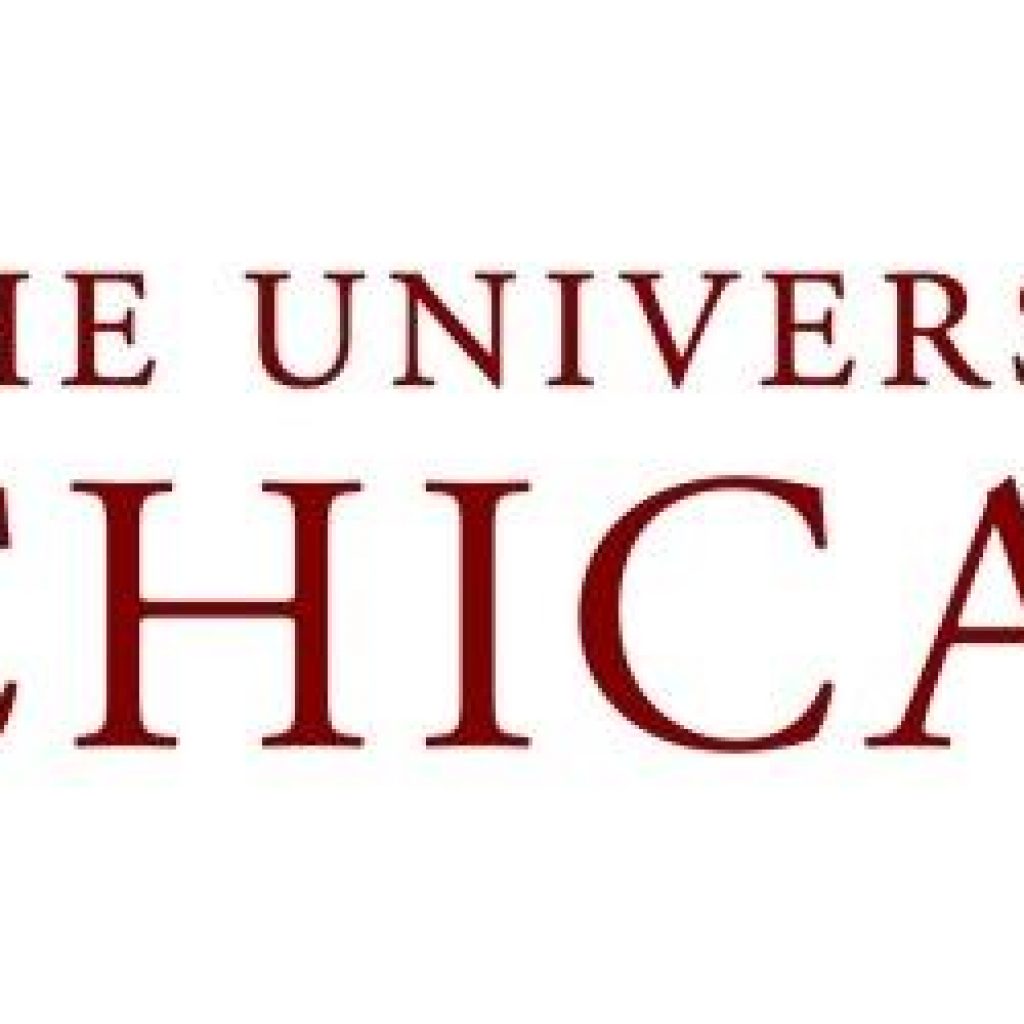(Phys.org) A collaboration between computer scientists and physicists at the University of Chicago broke through one of the key obstacles for large-scale quantum computing by figuring out how to move their control signals “inside the fridge.”
Current quantum chips must be stored at extremely cold temperatures inside a dilution refrigerator, but are controlled by signals from a classical controller at room temperature. The costs and hardware required for this setup limits the scalability of the technology, which will be necessary to capture this new technology’s enormous potential for cryptography, molecular simulation, and other applications.
The UChicago research team demonstrated low-error two-qubit operations using Superconducting Single Flux Quantum (SFQ) pulses, which are voltage signals generated inside the fridge. The finding is an essential step to realize universal quantum computing at large scales.
The interdisciplinary research was conducted as a part of the Enabling Practical-scale Quantum Computation (EPiQC) project, an NSF Expedition in Computing.
Prior work used a genetic algorithm to find SFQ pulse trains that implement single-qubit operations with low error using SFQ pulses. However, little research has been done on SFQ-based two-qubit operations, which are essential to realize universal quantum computing.
The results presented in the paper show that it is possible to realize SFQ-based two-qubit gates with gate error and gate time similar to microwave-based gates, after carefully engineering an SFQ-friendly quantum system. These results indicate that SFQ is a promising approach for quantum control as it can deliver scalability as well as low-error quantum operations.
The research was recently published in the 2021 IEEE International Conference on Quantum Computing and Engineering (QCE), where it received a Best Paper Award. The authors of this paper are Mohammad Reza Jokar, Richard Rines, and Frederic Chong.
“In this paper, we study the practical implications of realizing SFQ-based two-qubit gates,” said Jokar. “One key next step is to design an in-fridge controller architecture as well in order to have a complete controller system.”
In-fridge controller could scale up quantum computers
